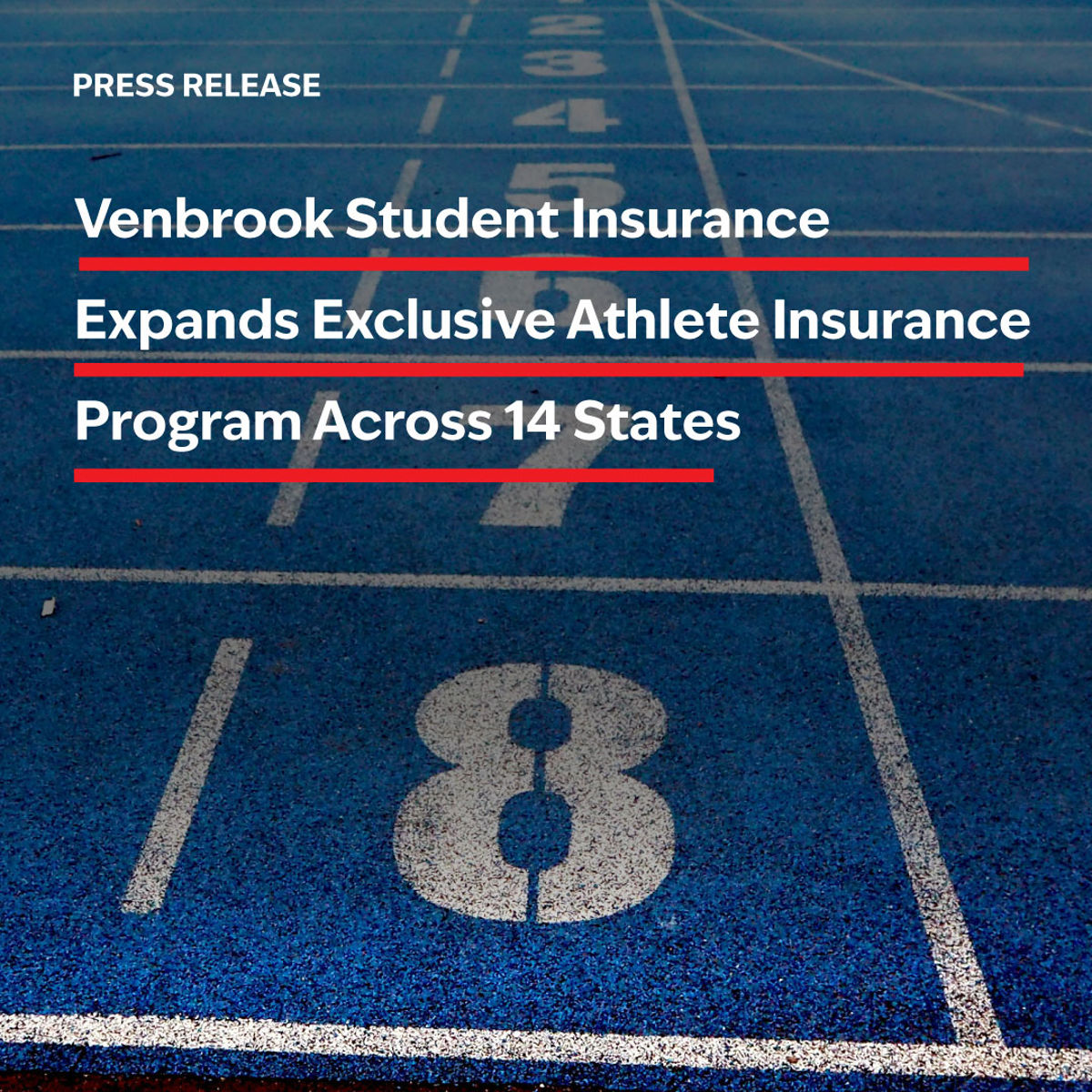The One Big Beautiful Bill Act (OBBBA) was signed into law on July 4, 2025, impacting a wide range of issues, including several provisions that will affect employee benefit plans. The following summary covers the provisions enacted under the Act and their impact on employees.
Overview:
The OBBBA’s changes for employee benefit plans include enhancements for Health Savings Accounts (HSAs), coverage for telehealth services pre-deductible without jeopardizing HSA eligibility, and an increase in the annual contribution limit for dependent care FSAs. Most of the OBBBA changes for employee benefit plans are effective in 2026 and do not require immediate employer action. However, the telehealth benefit is effective retroactively for the 2025 tax year. This explainer provides an overview of the key changes and how they may impact employee benefit plans.
Your Immediate Health Benefit Updates:
Here is what’s actionable now — and what’s coming in 2025 and 2026.
Telehealth Safe Harbor is Back
- The OBBBA retroactively reinstates the telehealth safe harbor for plan years starting after December 31, 2024.
- Carrier and TPA implementation will vary — some may update plan documents and systems automatically.
- Others may require employers to:
- Formally amend plan language
- Provide written confirmation of compliance intent
- Employers should proactively contact carriers and TPAs to:
- Confirm how the retroactive provision is being handled
- Determine if updates to SBCs (Summary of Benefits and Coverage) or SPDs (Summary Plan Descriptions) are required
- Clarify if participant communications need to be sent
Venbrook Take: Don’t assume it’s being handled — a quick check-in now can prevent costly compliance surprises later.
Direct Primary Care (DPC) = HSA-Compatible
- Starting January 1, 2026, employees can use HSAs to pay for DPC memberships (up to $150/month for individuals, $300/month for families).
These fees are now reimbursable under HSA guidelines — making it easier to support value-based, proactive care models.
What’s Next: Prepare for 2026
Family + Financial Benefit Enhancements Under OBBBA
Starting in 2026: More value, less tax, and new tools for workforce support
Dependent Care FSA Limit Increases to $7,500
What’s changing:
- The Dependent Care Assistance Program (DCAP) cap increases from $5,000 to $7,500 per household, starting in 2026.
- This applies to the pre-tax FSA option employers can offer to help employees cover childcare-related expenses.
Eligible expenses include:
- Babysitting and nanny services (in-home or licensed)
- Daycare, preschool, and nursery school
- Before- and after-school care
- Summer day camps (not overnight)
- Licensed eldercare for dependents
Why this matters:
- This is the first major increase in decades and is a 50% increase.
- Employees can reduce taxable income more significantly, and employers may see greater participation and retention among working parents.
- Employers will need to update FSA plan documents and payroll systems to reflect the new limits.
Venbrook Take: This is a prime opportunity to reposition dependent care benefits as a high-impact, high-ROI offering for recruitment and retention. Consider pairing it with flexible scheduling or backup care benefits to create a full working-parent strategy.
Student Loan Repayment Becomes Permanent & Indexed
What’s changing:
- Tax-free treatment of employer-paid student loan repayment assistance is made permanent under Section 127.
- The current $5,250 annual limit is now indexed for inflation starting in 2026.
How it works:
- Employers can contribute up to $5,250 annually, per employee toward student loan repayment without it being taxable income to the employee.
- This is separate from tuition reimbursement (also allowed under Section 127).
Why this matters:
- With student debt weighing down younger and mid-career workers, this benefit is a powerful recruitment and retention tool — especially for Gen Z and Millennials.
- It also allows companies to redirect or reframe education benefits, especially for industries that don’t typically offer tuition reimbursement.
Venbrook Take: If you haven’t launched a student loan repayment program yet, now is the time to build it into your 2026 benefit roadmap. And if you already offer tuition reimbursement, consider a dual offering or even swapping in loan repayment to align with workforce needs.
Trump Accounts: A New Type of Child Savings Benefit
What’s changing:
- A new tax-advantaged savings account to support long-term financial wellbeing for children — starting in 2025.
- Parents, guardians, or others can contribute up to $5,000 per year, with employers allowed to contribute up to $2,500 (not taxable to the employee).
- Funds can be used when the child turns 18 — for education, housing, starting a business, or other qualified uses (exact rules still to come).
Automatic enrollment:
- Children born between 2025–2028, as U.S. citizens with a Social Security number, will be automatically enrolled and receive a $1,000 federal deposit into the account.
- Families must claim the deposit through a bank or qualified institution to activate the account.
Why this matters:
- It’s a brand-new benefit category, designed to support financial health and opportunity.
- For employers, this opens the door to voluntary fringe benefits that support employees’ families and financial wellness without tax burden.
- Participation and program mechanics will depend heavily on guidance still to come.
Venbrook Take: This is one to watch closely — and educate employees early if they’re eligible. Consider working with your payroll vendor or financial wellness partner to see how contributions might be processed. This could evolve into a differentiator for forward-thinking employers.
What Employers Should Do Now
- Review your 2025 HDHP and HSA strategy to leverage the telehealth safe harbor.
- Start budgeting and modeling for DPC reimbursements and Dependent Care increases in 2026.
- Evaluate voluntary benefit platforms for student loan repayment and future Trump Account integration.
- Stay tuned. Venbrook will be rolling out compliance checklists, employee communication templates, and updated plan design guides as the bill evolves.
Final notes:
OBBBA is layered, phased, and subject to interpretation and change. In the coming months, we’ll guide our clients through:
- Immediate updates and 2025 plan year impact
- 2026+ strategic planning and benefit integration
- Ongoing regulatory changes, fringe benefit optimization, and compliance alerts
























